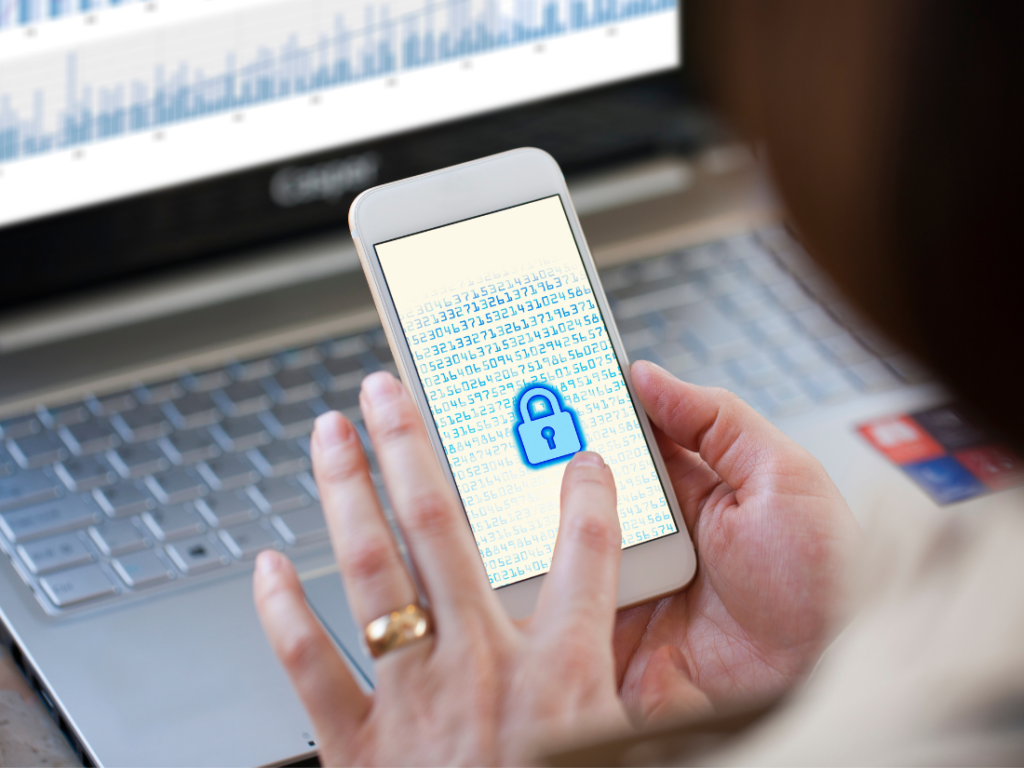In today’s digital world, passwords are the gatekeepers to our personal and professional lives. Yet, too many of us treat them casually. A secure password is not just a random collection of letters and numbers; it’s the foundation of our online security. Here’s a look at the most important practices to create and maintain secure passwords.
Understanding the Importance of Strong Passwords
Most people don’t realize why passwords matter as much as they do. Each account you create—whether it’s for social media, banking, or email—has to be protected. A weak password can lead to unauthorized access, data breaches, and even identity theft. The consequences of a compromised password can have lasting effects on your life, affecting everything from finances to personal relationships.
What Makes a Strong Password?
A strong password is complex and unique. Here are some characteristics:
- Length: Aim for 12 characters or more. Longer passwords are harder to crack.
- Complexity: Use a mix of uppercase letters, lowercase letters, numbers, and symbols.
- Avoid common phrases: Passwords like “123456” or “password” are too predictable.
- Uniqueness: Don’t reuse passwords across different accounts. Each password should be unique to its respective account.
Creating Memorable Yet Secure Passwords
Many people struggle to remember complex passwords. Here are strategies to help you create memorable yet secure passwords:
- Use a passphrase: Combine several unrelated words into a phrase. For example, “BlueElephantDance@2023!” is both secure and easier to remember.
- Substitute characters: Replace letters with symbols. You might use “4” instead of “A” or “@” for “a.”
- Mnemonic devices: Create a sentence and use the first letter of each word to form a password. “I love to travel in 2023!” could turn into “Il2t@2023!”
Managing Your Passwords
With so many accounts to manage, it can be overwhelming. Here are ways to keep your passwords organized:
- Use a password manager: These tools store and encrypt your passwords, making it easy to generate complex, random passwords for every account.
- Two-factor authentication (2FA): Always enable 2FA wherever possible. It adds an extra layer of security, requiring not just a password but also a code sent to your phone.
- Update regularly: Change your passwords every few months, particularly for sensitive accounts.
Recognizing Security Breaches
It’s vital to remain vigilant. If a service you use reports a security breach, take immediate action:
- Change your password: Do this as soon as you hear about a breach.
- Monitor your accounts: Watch for unusual activity, especially on financial accounts.
- Use haveibeenpwned.com: This website checks if your email has been involved in a data breach. If it has, take action.
Common Password Mistakes
Even those who understand the importance of strong passwords can make mistakes. Avoid the following pitfalls:
- Using personal information: This includes names, birthdays, or pet names, which are often easily guessable.
- Writing passwords down: If you must write them down, keep them secure and encrypted.
- Ignoring alerts: Pay attention to security alerts and notifications from your service providers.
The Future of Password Security
As technology evolves, so do methods of authentication. Some are exploring biometric authentication methods like fingerprints and facial recognition. While these can offer enhanced security, they are still not universally adopted.
Even as innovations arise, the fundamentals of good password practices remain critical. Never underestimate the importance of a strong password.
Final Thoughts
Your password is a line of defense in the digital world. Whether you decide to create unique passwords with a passphrase or use a password manager, make sure you take the necessary steps to protect your online presence. As we rely more on digital platforms, staying diligent about password security is not just a recommendation; it’s a requirement.
In a world where everything is connected, a secure password isn’t just a good practice; it’s your first line of defense against threats.

